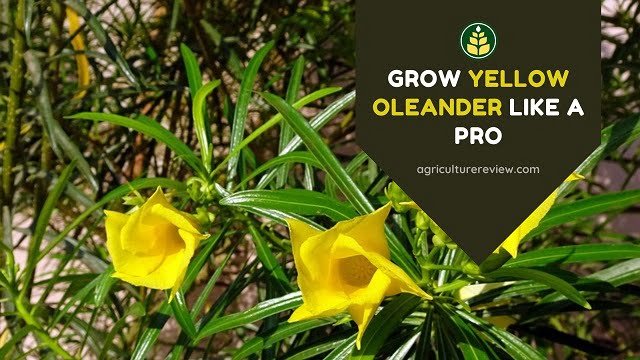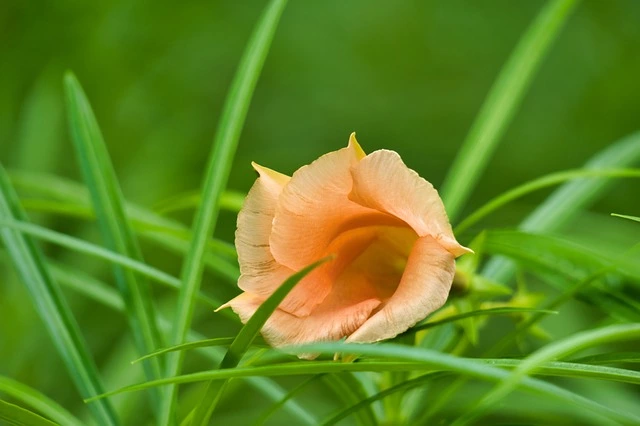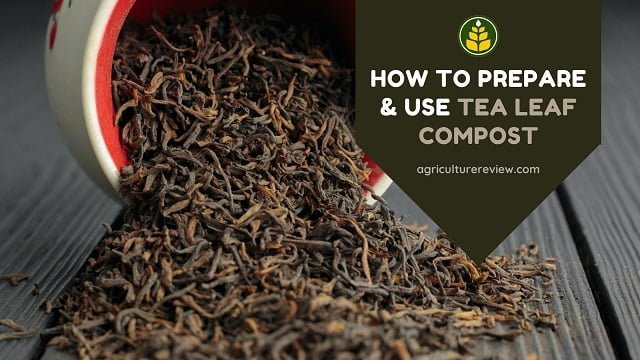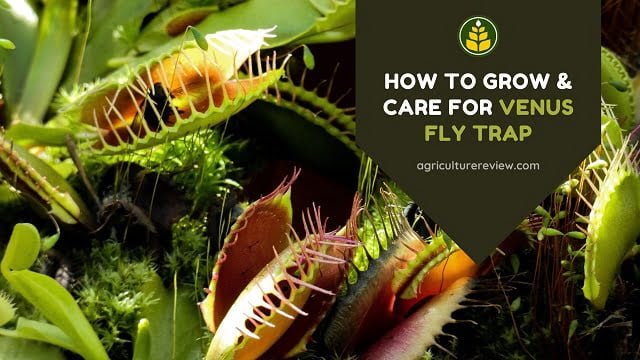This ultimate guide on growing yellow oleander flowering plant will help you to get heavy bloom in your yellow oleander plant.
Table of Contents
Introduction
Yellow oleander is one of the favorite flowering plants in tropical to subtropical regions. Most of the people living in India need flowers for spiritual purposes that’s why they grow this plant in their home garden. It also adds beauty and gives a lush green appearance to the garden.
This plant is popularly known as Lucky Nut in the West Indies. It is an evergreen flowering plant. Yellow oleander leaves have a waxy coating to reduce water loss.
“Kaner” is the common name for this divine flowering plant in India. It can tolerate drought and high temperatures. If you are living in tropical regions then you must grow this auspicious plant in your home garden.
Beautiful yellow-colored or orange-colored or white-colored flowers and lush green leaves with enticing small tree appearance is an eye-catcher in the garden.
This Perennial flowering plants could be grown directly in the soil as well as in pots. Their flowers bloom from summer to fall.
Although yellow oleander is a toxic plant so it is advised to keep this plant away from kids. Avoid direct contact with the plant part. For handling and caring use gardening gloves for better results.
How To Grow Yellow Oleander?

Growing Season
Yellow oleander could be grown in nearly any season except winters but spring and rainy season is considered good for growing this plant.
Selection of Pot
For growing Kaner, you have to select a large-sized earthen or cemented pot for better growth and development of the plant. You can grow this plant directly in the land soil if enough space is available in your home garden.
In the early stages of growth when your plant height is 2 to 3 feet, you can keep your plant in a medium-sized container but you will need to change your pot to a larger size with increasing size of your plant.
Take care that your pot has 3 to 4 drainage holes to remove excess water from the pot.
Potting Mix
Prepare potting mix with 60% well-drained garden soil + 20% organic compost + 20% fine sand. After mixing this potting mix thoroughly pour it in the container or pot that you have selected for growing your Kaner plant.
Propagation
You can purchase a yellow oleander plant directly from the nearest plant nursery or you can propagate it yourself.
Yellow oleander can be propagated from seeds as well as from cuttings. I personally prefer cuttings for growing plants in my home garden. It gives quick results and is very identical to the mother plant.
If you grow them from seeds then it will take a good time to mature and flower.
To grow your Kaner plants from cutting select a healthy plant that gives heavy bloom or flowering every year.
Select semi-hardwood branches that are slightly larger than pencil size thick or somewhat more but not thin or very thick and woody. Cut 6 to 8 inches long cuttings from the branch with the help of sharp garden cutters.
Remove leaves from the lower parts and keep small leaves at the top of the cutting. Cut at a 45-degree angle so that it is slightly pointed at the bottom of the cutting.
With the help of any gardening tool scratch a little on the bottom part of the cutting and dip the bottom end of the cutting in the rooting hormone-like IBA. You can also use honey or cinnamon powder as a rooting hormone.
With the help of your finger make 2 inch deep holes in the soil medium in your pot and place 3 to 4 cuttings in each pot and push firmly on the soil around cuttings to fix them properly.
Water thoroughly in your Kaner pot. Keep your pot in partial shade and maintain the moisture in the soil medium but do not overwater. Apply water when topsoil seems a little dry.
After 15 to 20 days you will start noticing new growth in the cuttings. After the leaves have developed completely you can transplant your plant in a new pot.

Sunlight Requirement
Yellow oleander requires bright sunlight to grow. Make sure that your plant receives at least 6 to 7 hours of direct sunlight. You can also keep this plant in partial shade but it does well in direct sunlight.
I have never provided shade to my Kaner plants and they have grown well.
Fertilizers
Flowering plants do well in Potassium and phosphorus-rich fertilizers. Avoid using nitrogen-rich fertilizers as it will promote only vegetative growth of the plant.
I prefer using a handful of organic compost like cow dung compost or vegetable compost or vermicompost once in a month in my Kaner plant. During the flowering stage, I use Banana peel fertilizers once in a month.
They are generally available in the market or you can also prepare them in your home garden if you have enough space and passion for gardening.
READ MORE: HOW TO MAKE BANANA PEEL FERTILIZER
READ MORE: COMPOSTING

Watering
During the summer season provide adequate moisture in the soil but do not overwater. I do not water my plants on a fixed frequency. Whenever I notice that the topsoil has gone dry then I apply water to the pot.
This technique of water application works well for this plant and is a smart way to take care of the water needs of this flowering plant.
Pruning
New gardeners generally avoid this step but it is the most important step for getting high bloom in most of the flowering plants. Not only high flowering pruning also helps to maintain the proper shape of the plant and to get more branches.
Prune your yellow oleander plants in the early spring season. Cut off all the dead a weak branches from the plant. I cut nearly all the top growth in my plants and leave only the woody parts with few leaves.
Pest and Diseases
Yellow oleander mostly remain non-affected from any pests and diseases. I have never encountered any disease in my plants. Although in a few cases yellow oleander leaves start turning yellow and dropping due to either bacteria or drought stress.
If you have applied water in an appropriate amount throughout the growing season then it is good. In this case, it must have been caused due to bacteria.
It can also face problems due to fungus in which the branches die off. In any kind of infection in this flowering plant use 3ml/liter foliar neem oil spray to control disease and also prune affected parts of the plant.
Avoid watering on the foliar part of the plant like leaves and flowers to prevent any chance of diseases.
READ MORE: HOW TO MAKE NEEM OIL SPRAY
Benefits of Yellow Oleander
Yellow oleander is grown as an ornamental plant in gardens and parks. Because of its plant toxicity, it is used in biological pest control. Seed oil is used to make paint that has anti-fungal and anti-bacterial properties.




